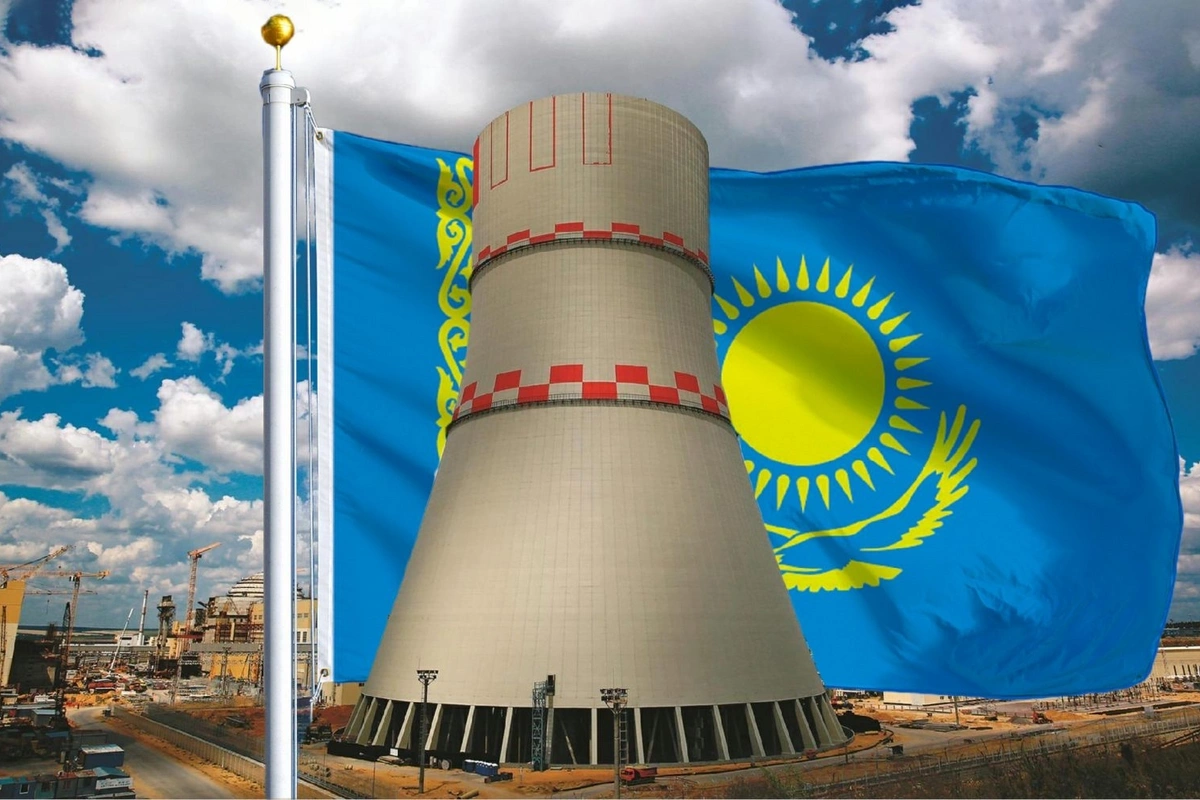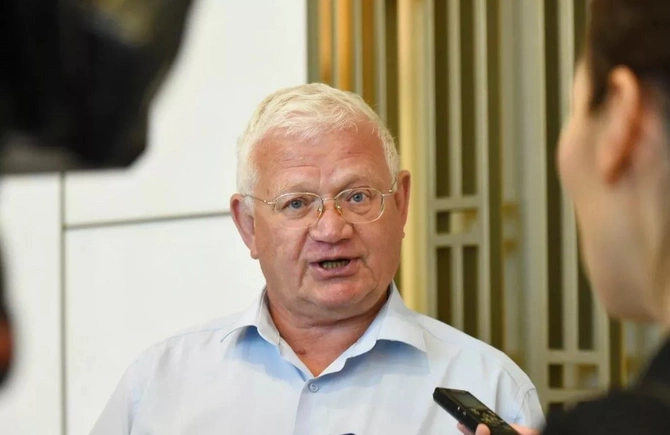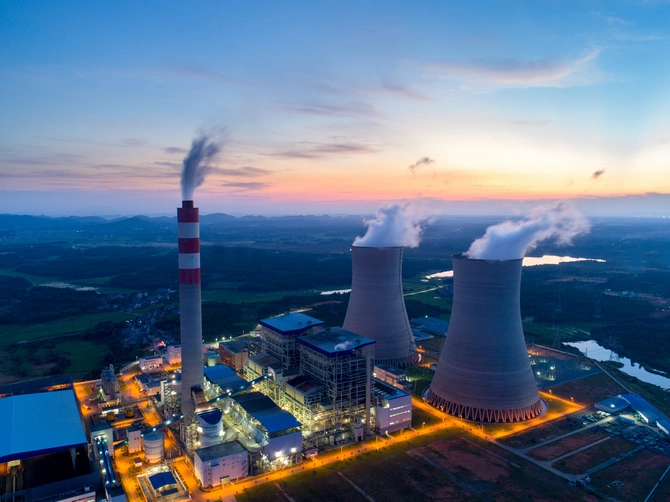
By Maria Zhigadlo
Nuclear energy plays a crucial role in ensuring Kazakhstan’s energy security, but its current capacity is already insufficient to meet the country's growing demand. As Kazakh energy expert Petr Svoik stated in an interview with The Caspian Post, even the planned construction of the Balkhash Nuclear Power Plant (NPP) will not resolve the issue. The expected increase in capacity of 200 MW will only materialize in ten years, and by that time, Kazakhstan will be facing an even greater electricity shortage.

Power Deficit and the Need for Generation Expansion
“When assessing the role of nuclear energy in covering Kazakhstan’s current energy needs, we can already say that both units of the Balkhash NPP have been 'consumed' in advance. Their future capacity has already been factored into the energy balance and will not eliminate the existing deficit. These units will contribute an additional 200 MW, but even under the best circumstances, they will only be operational in a decade,” Svoik noted. “Kazakhstan's standard power deficit during evening peak hours ranges between 1.5 and 2 GW, sometimes even reaching 2.5 GW. In other words, the Balkhash NPP’s output is already accounted for. Each year, the deficit grows by approximately 500 MW, meaning that by the time the Balkhash plant is completed, the country will require another two or three similar facilities.”
According to Svoik, the acceleration of nuclear energy development must go hand in hand with the overall expansion of power generation. “This process should primarily rely on traditional coal-fired plants, but with the use of modern technologies-both in terms of boiler and turbine parameters, as well as gas and ash filtration. Despite its environmental concerns, coal-based power generation must be urgently and actively developed,” he emphasized.
Additionally, he highlighted the need for expanding gas-based electricity generation. “This is particularly relevant given the gas reversal from Russia to Uzbekistan and Kazakhstan, which will allow for the rapid expansion of gas-powered facilities, especially in the country’s southern regions,” the expert added.
The Strategic Significance of the Balkhash NPP
Svoik also underscored that the Balkhash nuclear plant is not just about bridging the energy deficit-it is also a crucial factor in strengthening Kazakhstan’s internal energy grid. “Currently, there is insufficient connectivity between northern Kazakhstan, which is well integrated with the Russian energy network, and the southern part of the country, which is part of the Uzbek-Kyrgyz-Tajik energy ring. If the Balkhash NPP is built, it will serve as an energy bridge between northern and southern Kazakhstan, while also linking the Russian and Central Asian power systems. This is not just about electricity-it is a strategic integration,” he explained.
Nuclear Energy as a Geopolitical Factor
In Svoik’s view, nuclear power is not just about expanding capacity. “We have already established that energy capacity can and should be expanded using all available means. However, nuclear energy represents a higher level of technological advancement in the energy sector, as well as in geopolitics. Energy, like oil, is not only about economics but also about politics and geopolitics,” he emphasized.
Svoik further pointed out that the construction of a nuclear power plant in Kazakhstan is not only an energy-related decision but also a means of deepening cooperation with key international partners. “It is evident that the NPP will be built in cooperation with Russia, and possibly China, which elevates Kazakhstan’s relations with these countries to a new level. This aspect is just as significant as the energy production itself,” he stated.

The Prospects of Thermonuclear Energy
Touching upon the topic of thermonuclear energy, Svoik expressed cautious optimism but stressed that industrial implementation is still far from reality. “Yes, thermonuclear energy appears to have immense potential, at least because (a) the energy sources for thermonuclear fusion are virtually unlimited on Earth, and (b) its efficiency is expected to be relatively high,” he noted. “However, at this stage, this remains purely theoretical. Even the existing pilot-industrial prototypes of such installations are far from transitioning to full-scale industrial deployment. Thus, thermonuclear energy remains a long-term prospect.”
The Future of Nuclear Energy in Kazakhstan
Nonetheless, nuclear energy continues to advance. “Today, reliable and well-proven 1200 MW reactor units are widely used across the world. They are complemented by fast-neutron reactors and reactors utilizing MOX fuel, which allows for the simultaneous use of natural uranium and byproducts from previous nuclear cycles, moving closer to a closed fuel cycle,” the expert explained.
In conclusion, Svoik emphasized that the development of nuclear energy in Kazakhstan is not just about increasing power generation. “The emergence of nuclear energy in Kazakhstan integrates us not only into electricity production but also into the entire thrilling process of advancing nuclear energy technology,” he summarized.
Share on social media